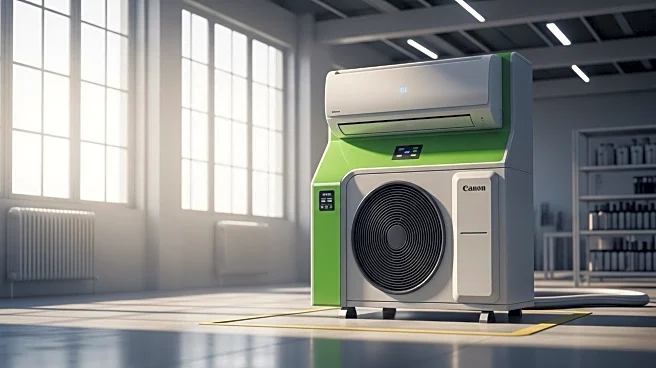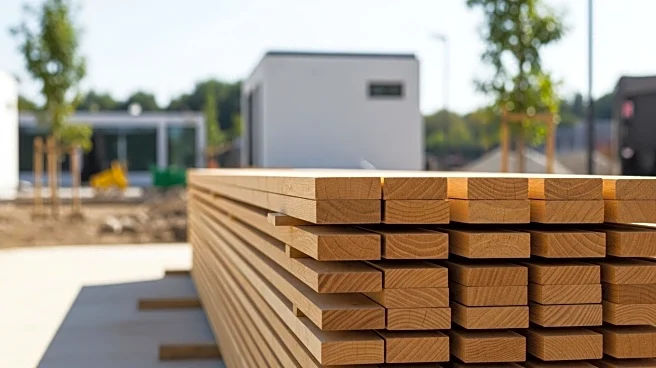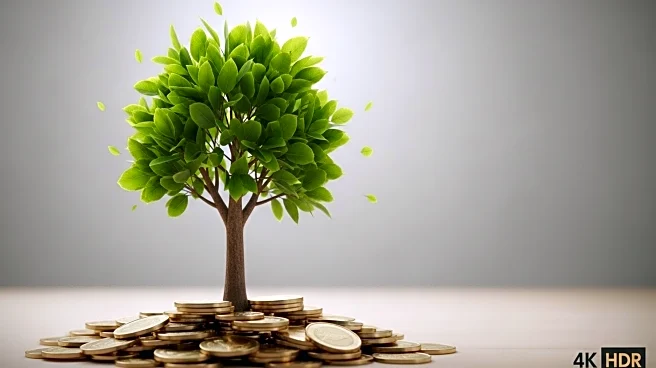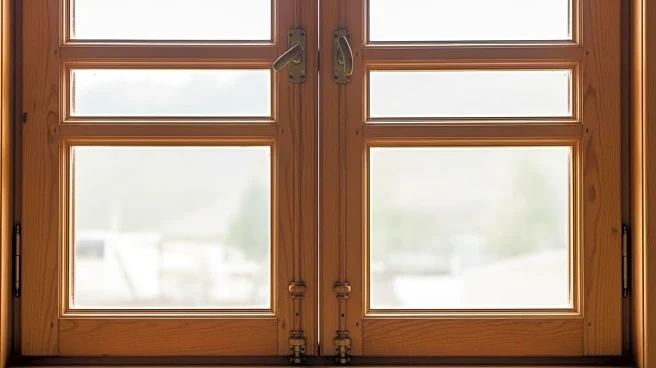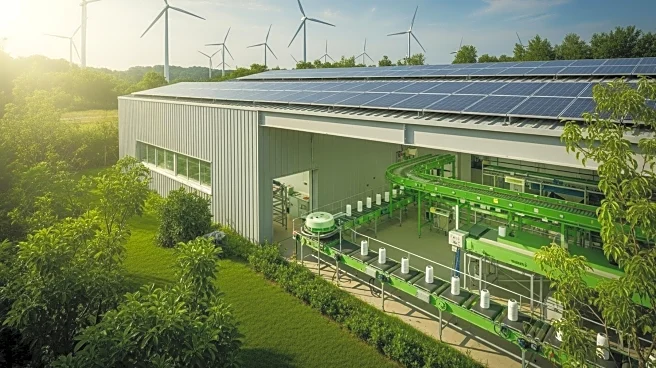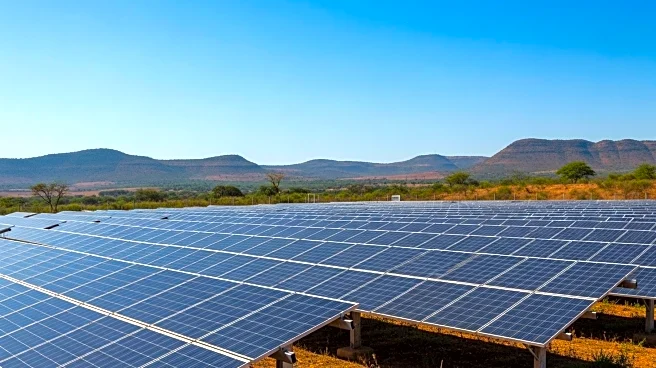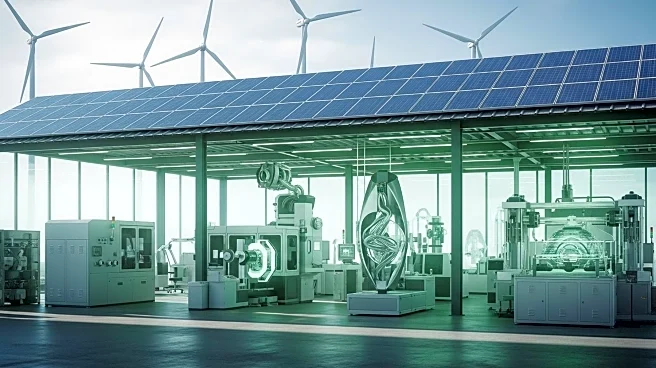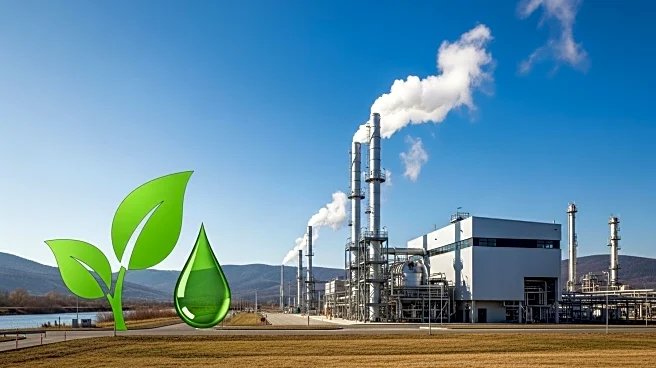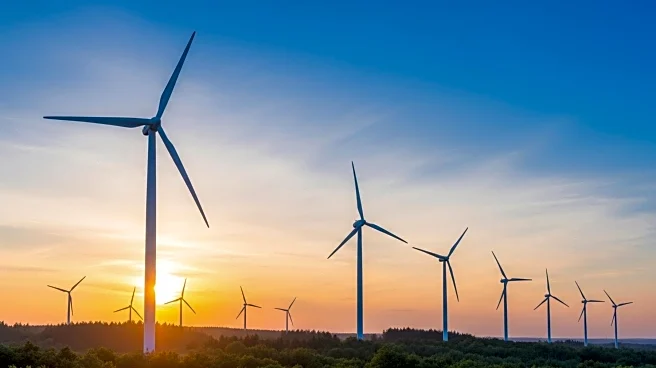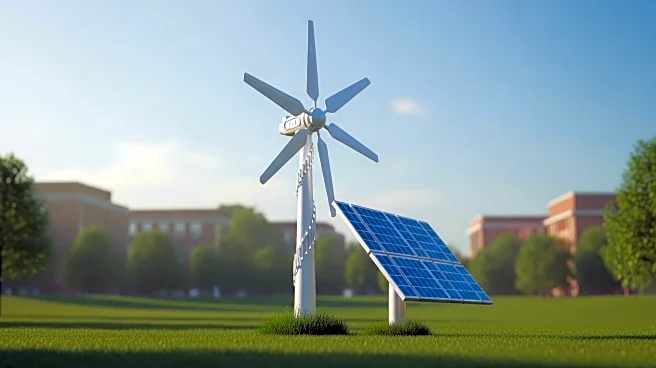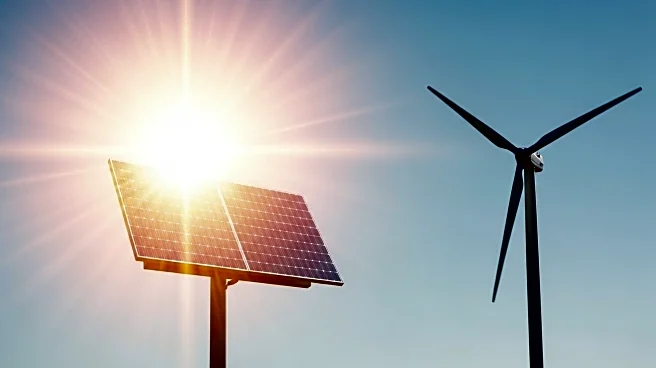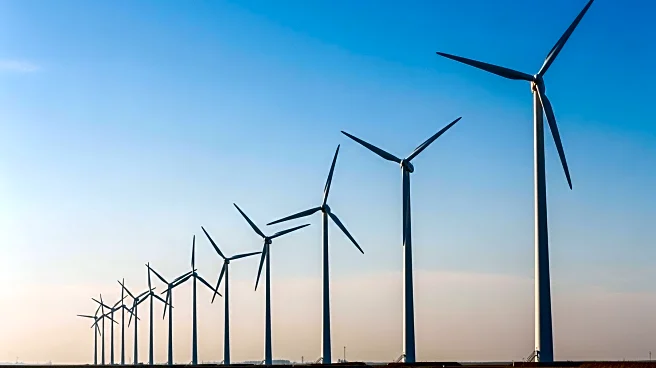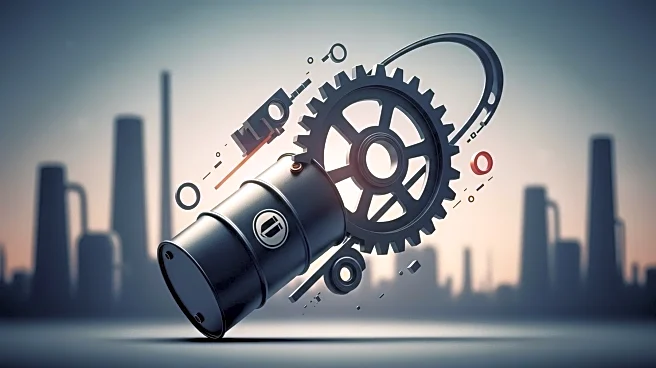What is the story about?
What's Happening?
LG Electronics has introduced a new material and manufacturing process for its 4-way system air conditioners to reduce plastic consumption and carbon emissions. The company has adopted a foaming injection molding process that uses nitrogen gas to create bubbles in the material, reducing plastic use by approximately 900 grams per unit. Additionally, LG has replaced Acrylonitrile Butadiene Styrene (ABS) with Polypropylene (PP), which has a lower carbon footprint. These changes are expected to cut plastic consumption by 270 tons annually and reduce CO2 emissions by over 4,400 tons each year.
Why It's Important?
This initiative by LG is part of a broader effort to achieve carbon neutrality and aligns with global environmental sustainability goals. By reducing plastic use and carbon emissions, LG is setting a precedent for eco-conscious manufacturing in the electronics industry. This move not only benefits the environment but also enhances the company's brand image as a leader in sustainable practices. The reduction in carbon emissions is comparable to the absorption capacity of a large pine forest, highlighting the significant environmental impact of these changes.
What's Next?
LG plans to expand the use of this eco-friendly manufacturing process to other residential and commercial air conditioning models. The company aims to reduce greenhouse gas emissions by 54.6 percent by 2030 compared to 2017 levels. This will involve integrating high-efficiency equipment and adopting renewable energy sources in its manufacturing processes. LG's continued focus on sustainability is likely to influence other companies in the industry to adopt similar practices, potentially leading to widespread environmental benefits.
AI Generated Content
Do you find this article useful?
